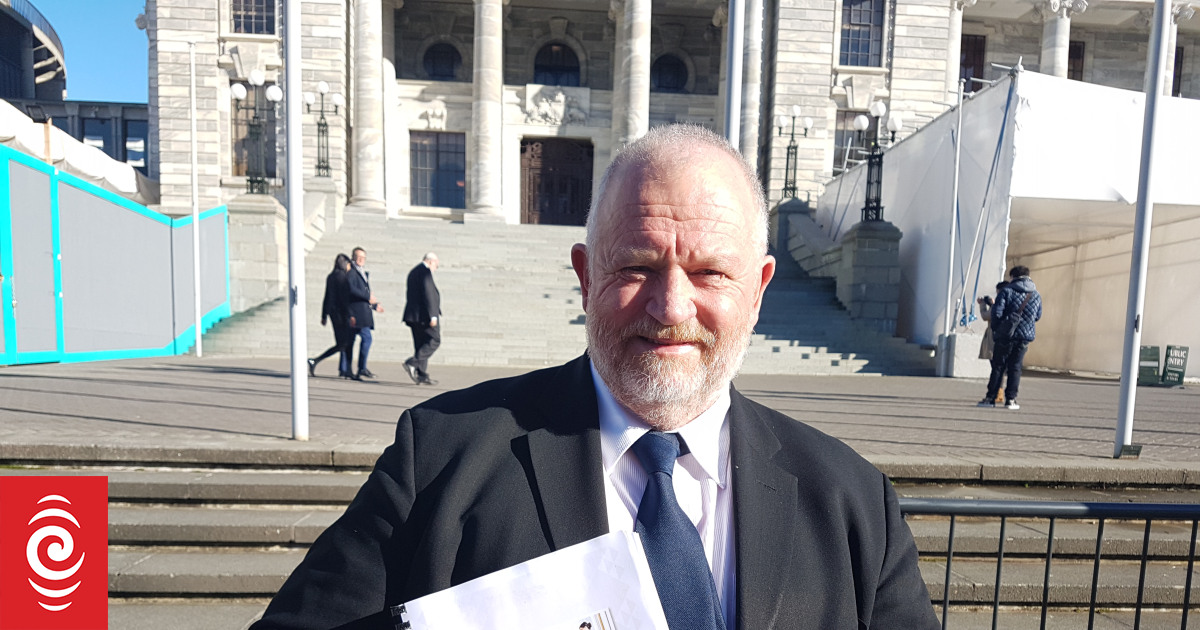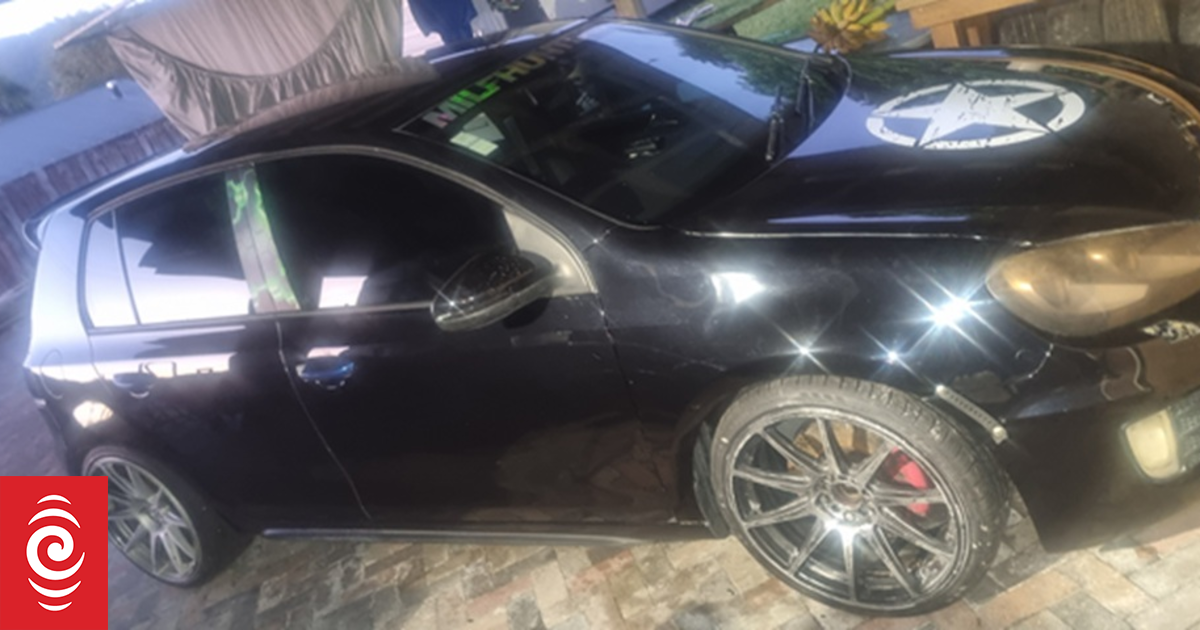A Consolidated B-24 Liberator transport aircraft similar to the one that crashed in 1943. Photo / Alexander Turnbull Library
The memories of a fatal plane crash in Auckland that was kept secret until after World War II ended remain strong in the mind of Kerikeri man Garry Colebrook 80 years on.
Heritage New Zealand Pouhere Taonga is today acknowledging the anniversary of the American military aircraft Liberator’s crash into a mangrove swamp near Whenuapai Airport shortly after takeoff.
Many people back in 1943 were woken up by a crash at midnight. Colebrook, then 6 years old, lived close to the Hobsonville Air Base – where several American bomber aircraft were known to constantly depart and arrive.
He recalled how minutes after the aircraft came down, “older boys” from the vicinity rushed to the site via dinghy to salvage any remains from the wreck.
Advertisement
A sackload of electric motors and highly prized Perspex made up some of the loot retrieved.
Japanese artefacts, including a traditionally designed sewin thimble in the form of a ring, found at the crash site gave some clues as to the flight’s mission, which had been kept under wraps for years.
Colebrook said a United Airlines crew had been aboard as they were transferring Japanese men, women and children of the Consular Corps to Australia to exchange them for Allied prisoners of war.
“The crash has been kept under wraps to prevent reprisals against prisoners of war and wasn’t covered by the press until December 1945.
Advertisement
“We all knew that the plane was carrying Japanese prisoners,” Colebrook said.
/cloudfront-ap-southeast-2.images.arcpublishing.com/nzme/JQ4XMTSF7ZAJPPU2QE4NHG2T4Q.JPG)
He said the crash killed 11 of the 25 passengers – eight Japanese and three Thai nationals – and three of the five airline crew members.
“The first officer was reportedly thrown through the canopy and rolled end over end for about 100 metres through mud and reeds. He was later found by medics trying to keep warm by a burning tire.”
Colebrook said the official cause of the crash was put down to the lack of a pre-flight checklist and crew fatigue.
He remembered growing up with a sense of fear that the Japanese might invade at any point, which was not helped by the family home’s close proximity to the Hobsonville and Whenuapai airbases.
“Slit trenches were dug at Greenhithe School and parents had to make a little bag to be worn around each child’s neck containing cotton wool to put in the ears and a sewn-in cork to place between the teeth to help minimise the effects of any bomb blast. We were also issued with gas masks,” Colebrook recalled.
He said his brother and father witnessed another covered-up aircraft crash, a B17 Flying Fortress which came down after takeoff from Whenuapai.
“For several days after the bomb explosion, the pheasants in the district crowed continuously.”
A Northern Advocate article published in 1945 stated the B17 came down to Auckland on a secret mission.
The paper noted the names of those aboard were not taken before takeoff and the relatives of the “dead men” had the greatest difficulty in gathering their information.
Advertisement
The article described how the plane burst into flames before a terrific explosion occurred a minute or so later. The force of the blast was so intense it knocked a neighbouring house out of shape and flung a piano across a room.
Colebrook said his military experience was not just limited to his childhood recollections of wartime New Zealand, as he had served a 10-and-a-half-week military conscription as a young man in the mid-1950s.
“That time also provided a couple of aircraft-related stories – though thankfully, these planes stayed in the air.”



